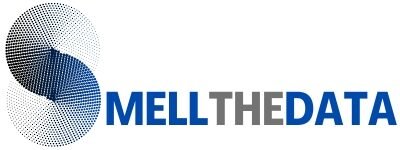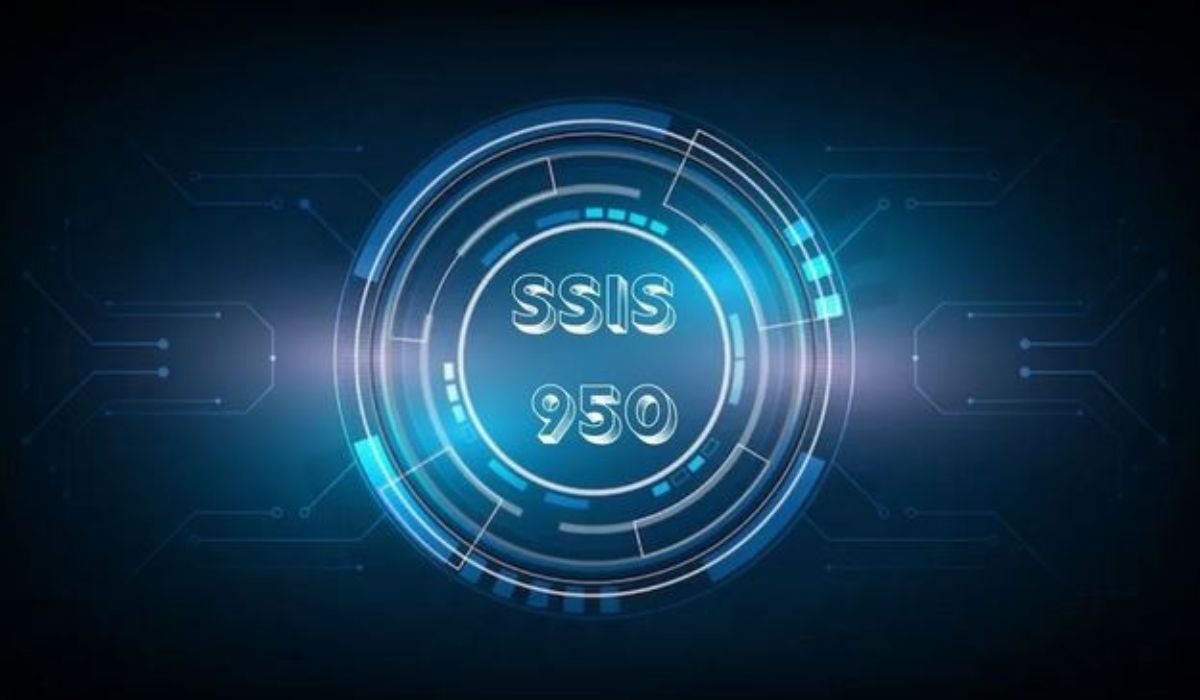Introduction
In the ever-evolving world of data management, SSIS 950 stands out as a powerful tool for seamless data integration. SQL Server Integration Services (SSIS) is a key component of Microsoft’s data integration and transformation toolkit. As businesses strive to optimize their data processes, SSIS 950 offers advanced features and functionalities designed to enhance data handling capabilities. This article delves into the intricacies of SSIS 950, highlighting its core components, features, best practices, and comparisons with other ETL tools.
What is SSIS 950?
It is an enhanced version of SQL Server Integration Services, tailored to handle complex data integration and transformation tasks efficiently. It builds upon the robust foundation of its predecessors, incorporating advanced features for managing and processing data. This version is designed to support a wide range of data integration scenarios, from simple data transfers to complex ETL processes involving multiple data sources and destinations.
Why Use SSIS 950?
It offers several benefits for data integration tasks:
- Efficiency: Streamlines the process of extracting, transforming, and loading (ETL) data, reducing the time and effort required.
- Flexibility: Supports various data sources and destinations, making it adaptable to different data integration needs.
- Advanced Features: Includes enhanced data transformation capabilities, error handling, and performance optimization tools.
- Integration: Seamlessly integrates with other Microsoft technologies such as SQL Server, .NET, and Azure.
Core Components of SSIS 950
Control Flow
The control flow in SSIS 950 manages the execution of tasks and workflows within SSIS packages. It defines the sequence of operations and ensures that each task is executed in the correct order. Key elements include:
- Tasks: Individual units of work, such as executing SQL queries or running scripts.
- Containers: Groups of tasks that can be managed and executed together.
- Precedence Constraints: Define the order in which tasks are executed based on conditions or outcomes.
Data Flow
Data flow is central to SSIS 950, handling the movement and transformation of data. It involves:
- Data Sources: Connections to various data sources like databases, flat files, or web services.
- Transformations: Operations that modify data, such as filtering, sorting, or aggregating.
- Data Destinations: Where the transformed data is loaded, such as data warehouses or reporting databases.
Event Handlers
Event handlers in SSIS 950 manage events and exceptions that occur during package execution. They allow users to define actions that should be taken in response to specific events, such as:
- OnError: Actions to take when an error occurs.
- OnWarning: Actions to take when a warning is generated.
- OnTaskFailed: Actions to take if a specific task fails.
ETL Process with SSIS 950
Extraction
Extraction involves retrieving data from various sources, including:
- Databases: SQL Server, Oracle, MySQL.
- Files: CSV, Excel, XML.
- Web Services: REST, SOAP.
Transformation
Transformation processes involve cleaning, manipulating, and converting data to meet the desired format or structure. Key transformations include:
- Data Conversion: Changing data types.
- Data Aggregation: Summarizing data.
- Data Cleansing: Removing duplicates or correcting errors.
Loading
Loading refers to inserting the transformed data into target destinations, such as:
- Data Warehouses: Centralized repositories for business data.
- Data Marts: Specialized subsets of data warehouses for specific business areas.
Key Features and Functionality
Data Sources and Destinations
It supports a wide range of data sources and destinations, including:
- Databases: SQL Server, Oracle, MySQL, PostgreSQL.
- Files: CSV, Excel, XML.
- Cloud Services: Azure Blob Storage, Amazon S3.
Transformations
It offers a comprehensive list of transformations, such as:
- Aggregate Transformation: Performs aggregations like sums or averages.
- Lookup Transformation: Matches data against reference tables.
- Conditional Split Transformation: Divides data into different paths based on conditions.
Variables and Expressions
Variables and expressions in SSIS 950 are used for dynamic data manipulation:
- Variables: Store values that can be used across tasks and components.
- Expressions: Define dynamic values and conditions based on variables.
Package Deployment
Deploying SSIS packages involves:
- Development Environment: Creating and testing packages in Visual Studio.
- Deployment: Moving packages to a SQL Server instance or other environments.
- Configuration: Setting up environment-specific settings.
Best Practices for SSIS 950
Performance Optimization
To improve SSIS package performance:
- Use Efficient Data Flow Components: Choose appropriate transformations and minimize unnecessary data movement.
- Optimize Queries: Ensure that source queries are optimized for performance.
- Manage Memory Usage: Monitor and manage memory consumption.
Error Handling and Logging
Implement robust error handling and logging:
- Use Event Handlers: Set up handlers for common errors and exceptions.
- Implement Logging: Capture detailed logs to diagnose issues and monitor package execution.
Security and Auditing
Ensure data security and auditing by:
- Securing Sensitive Data: Use encryption and secure connections.
- Implementing Auditing: Track data changes and access for compliance and monitoring.
SSIS 950 vs. Other ETL Tools
Comparison with Competing ETL Tools
When compared to other ETL tools like Informatica and Talend, It offers:
- Integration with Microsoft Ecosystem: Seamless compatibility with SQL Server, Azure, and other Microsoft technologies.
- Cost-Effectiveness: Often more cost-effective due to its integration with SQL Server licenses.
- Rich Feature Set: Advanced features for data transformation and error handling.
Unique Advantages of SSIS 950
- Built-in Tools: Comprehensive suite of built-in tools for data integration.
- Customization: Ability to develop custom components and scripts.
- Microsoft Support: Extensive support and community resources.
Real-World Use Cases
Case Studies
SSIS 950 has been effectively utilized in various industries, including:
- Retail: Integrating sales data from multiple stores to analyze performance and optimize inventory.
- Finance: Consolidating financial data from different systems for reporting and compliance.
- Healthcare: Combining patient data from various sources to improve care and manage records.
Complex Data Integration Scenarios
It addresses complex scenarios such as:
- Multi-Source Integration: Combining data from disparate sources into a unified format.
- Real-Time Data Processing: Handling data streams and real-time updates.
Getting Started with SSIS 950
Installation and Configuration
To set up SSIS 950:
- Download and Install: Obtain SSIS 950 through the SQL Server installation process.
- Configure Data Sources: Set up connections to your data sources and destinations.
- Test Configuration: Verify that all connections and configurations are correctly set up.
Creating Your First SSIS Package
A step-by-step guide for beginners:
- Open Visual Studio: Start a new Integration Services project.
- Add Data Flow Tasks: Configure data sources, transformations, and destinations.
- Execute and Test: Run the package and check for any errors or issues.
Advanced SSIS Topics
Custom Components and Scripts
Develop custom components and scripts to extend SSIS functionality:
- Custom Tasks: Create tasks to perform specific operations not available out-of-the-box.
- Scripts: Use scripting languages like C# or VB.NET to add custom logic.
Integration with Other Microsoft Technologies
Integrate SSIS 950 with:
- SQL Server: For database management and analytics.
- .NET: To leverage .NET libraries and frameworks.
- Azure: For cloud-based data integration and storage.
You May Also Like: Maximizing Data Integration Efficiency with SSIS 816
Conclusion
SSIS 950 is a powerful tool for data integration, offering extensive features and capabilities for managing complex data workflows. Its advanced components, flexibility, and integration with Microsoft technologies make it a preferred choice for many organizations. By following best practices and leveraging its unique features, businesses can optimize their data processes and achieve efficient, reliable data integration.
FAQs
1. What is SSIS 950 and why is it important?
It is an advanced version of SQL Server Integration Services that enhances data integration and transformation tasks, providing efficiency and flexibility in managing complex data workflows.
2. How does SSIS 950 improve ETL processes?
It improves ETL processes by offering advanced data transformation capabilities, efficient handling of data flow, and robust error handling mechanisms.
3. What are the core components of SSIS 950?
The core components of SSIS 950 include Control Flow, Data Flow, and Event Handlers, each managing different aspects of data integration and processing.
4. How does SSIS 950 compare with other ETL tools?
SSIS 950 stands out for its integration with Microsoft technologies, cost-effectiveness, and comprehensive feature set compared to other ETL tools like Informatica and Talend.
5. What are some best practices for using SSIS 950?
Best practices include optimizing performance, implementing robust error handling and logging, and ensuring data security and auditing.











